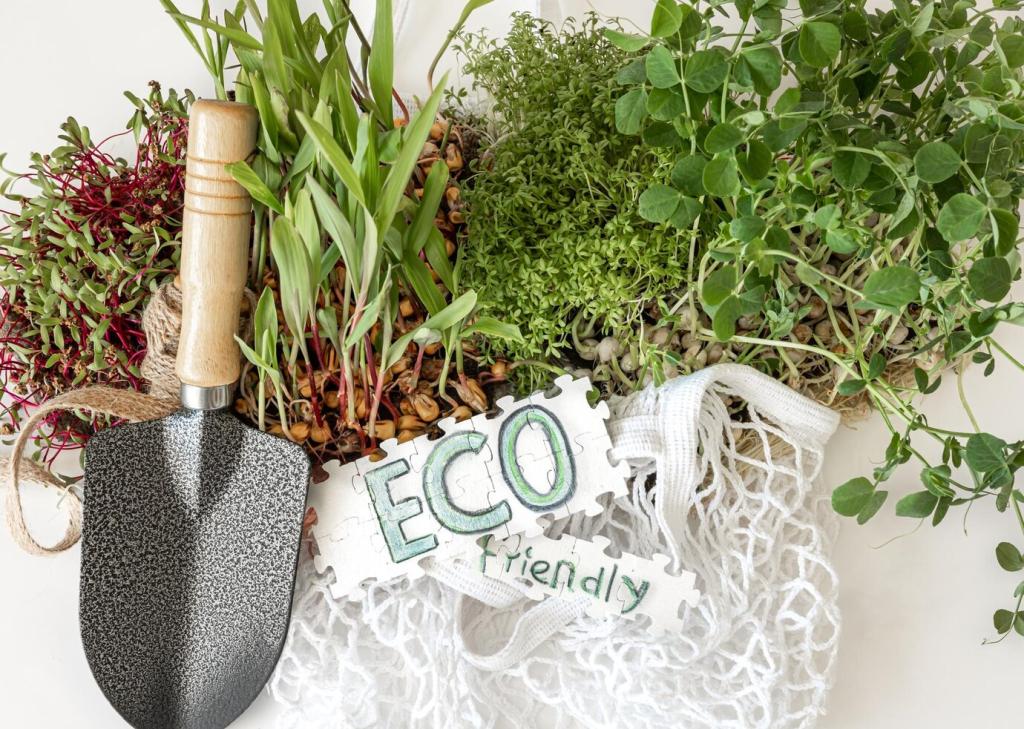Green Practices for Furniture Stain Removal
Chosen theme: Green Practices for Furniture Stain Removal. Welcome to a gentle, effective approach that protects your furniture, your indoor air, and the planet—without sacrificing spotless, story-worthy results.
Why Green Methods Matter for Your Furniture and Home
Swapping harsh chemical cleaners for natural alternatives reduces indoor VOCs and residue that can irritate lungs and skin. Share your experiences switching to plant-based options, and subscribe for weekly tips on improving indoor air while keeping furniture spotless.
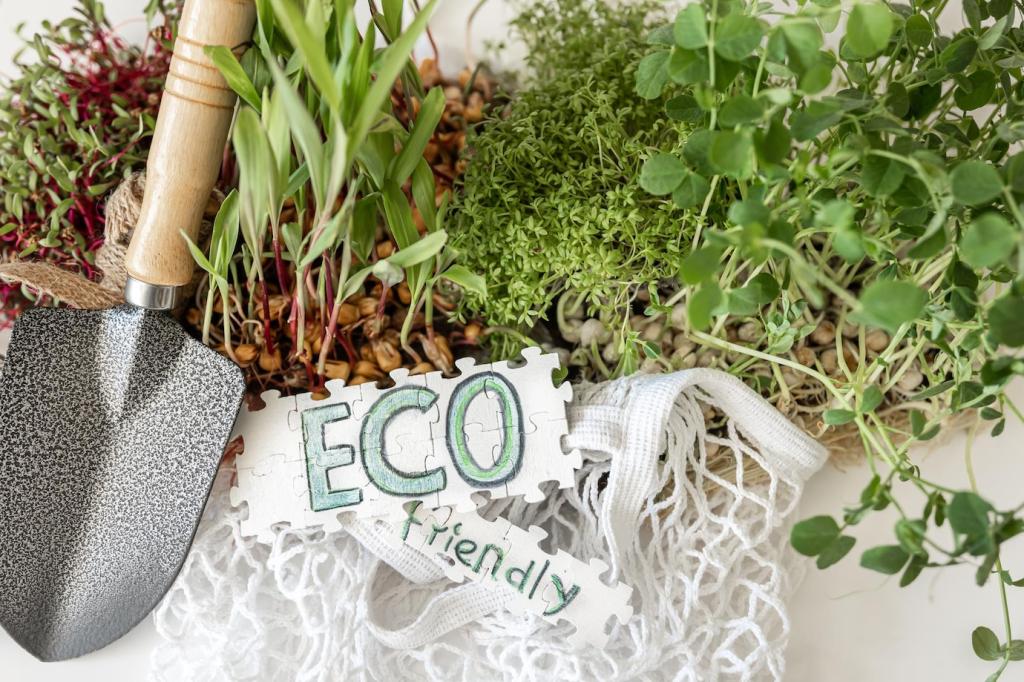
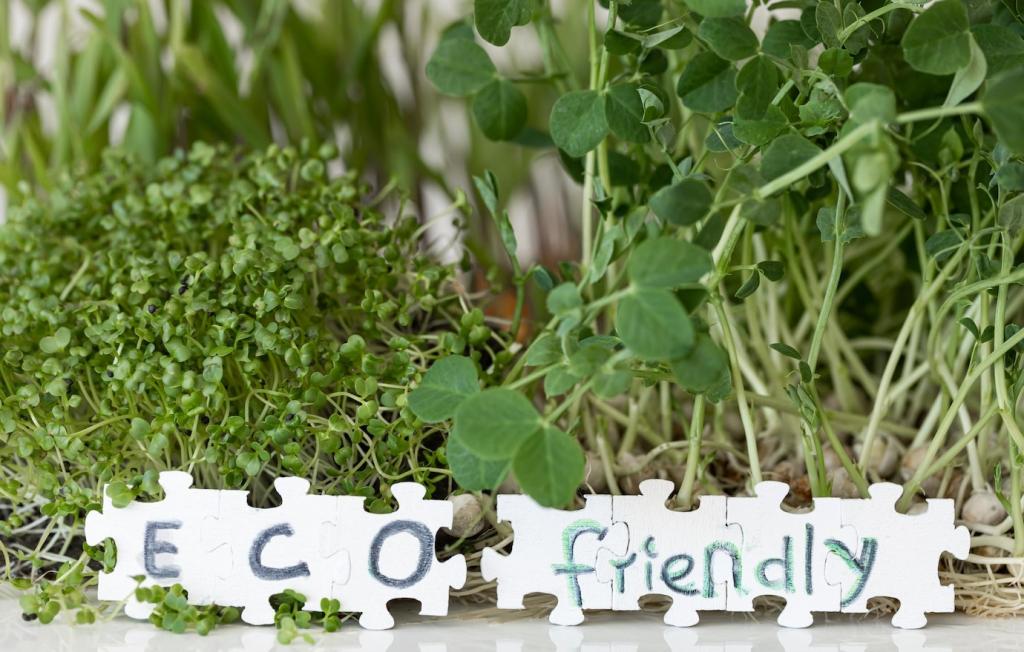

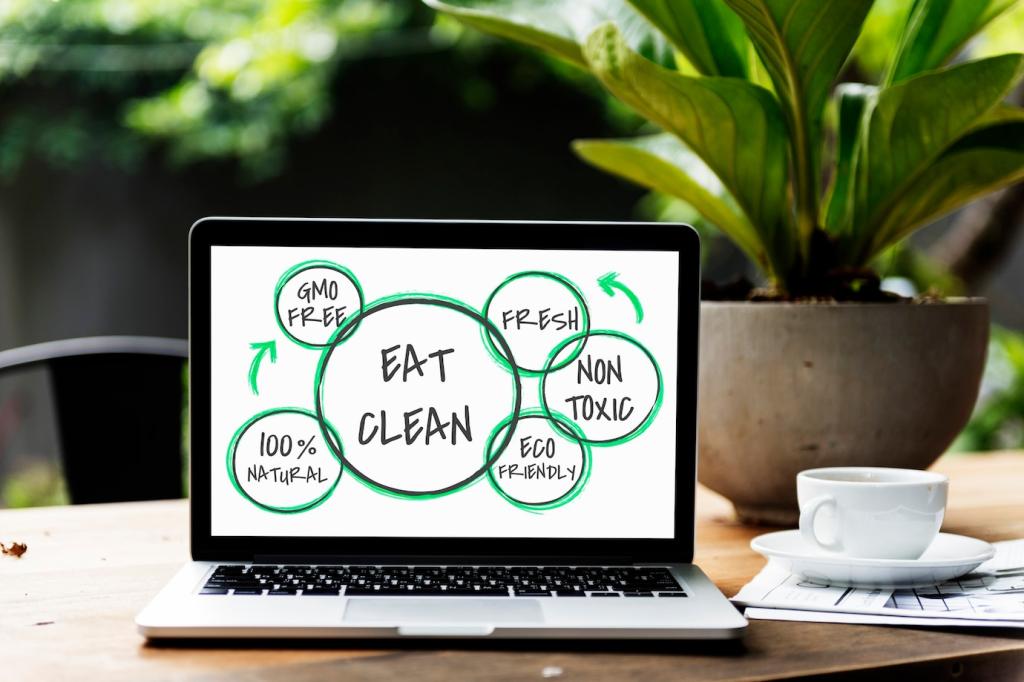

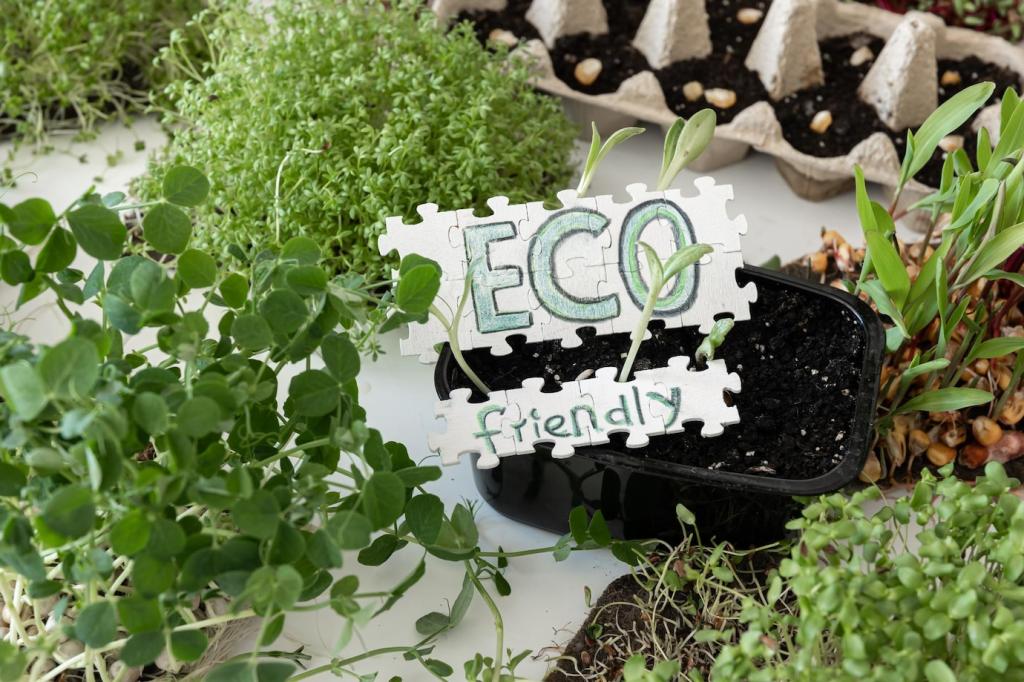
A Gentle, Effective Stain-Removal Routine
Remove excess with a spoon or dull knife, then blot with an absorbent cloth. Rubbing pushes pigment deeper into fibers. Tell us your favorite cloth material, and subscribe for our guide on building a minimalist, reusable cleanup kit.
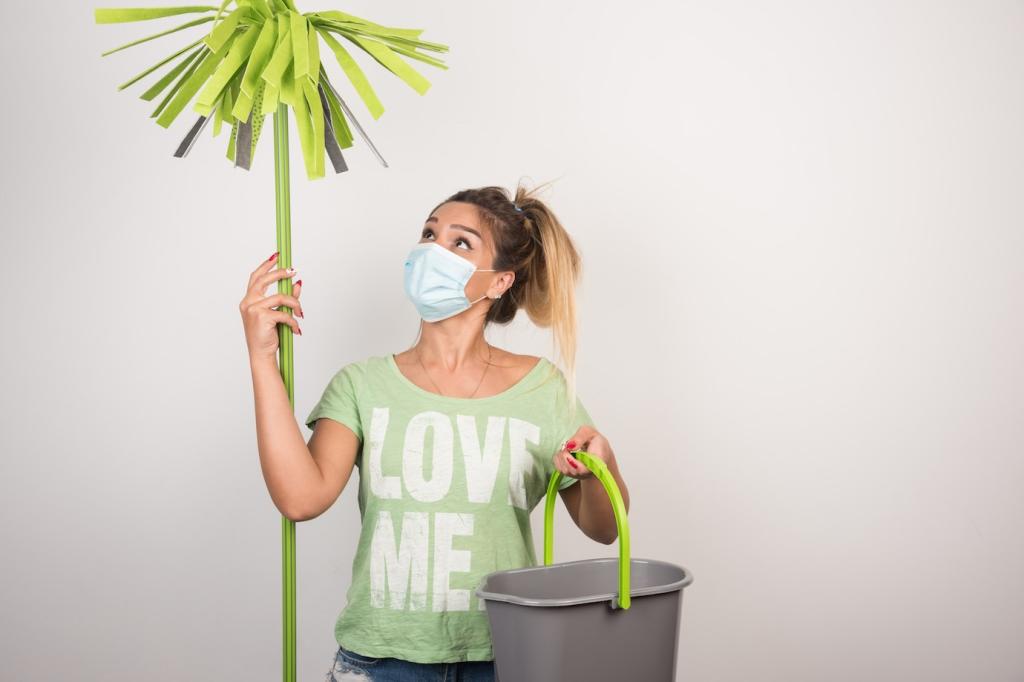
The Coffee Spill on the Sunday Sofa
A reader blotted immediately, used a teaspoon of castile soap in warm water, then finished with a vinegar mist. The cushion dried evenly, stain gone. Share your ‘Sunday spill’ moments and subscribe for our emergency checklist printable.
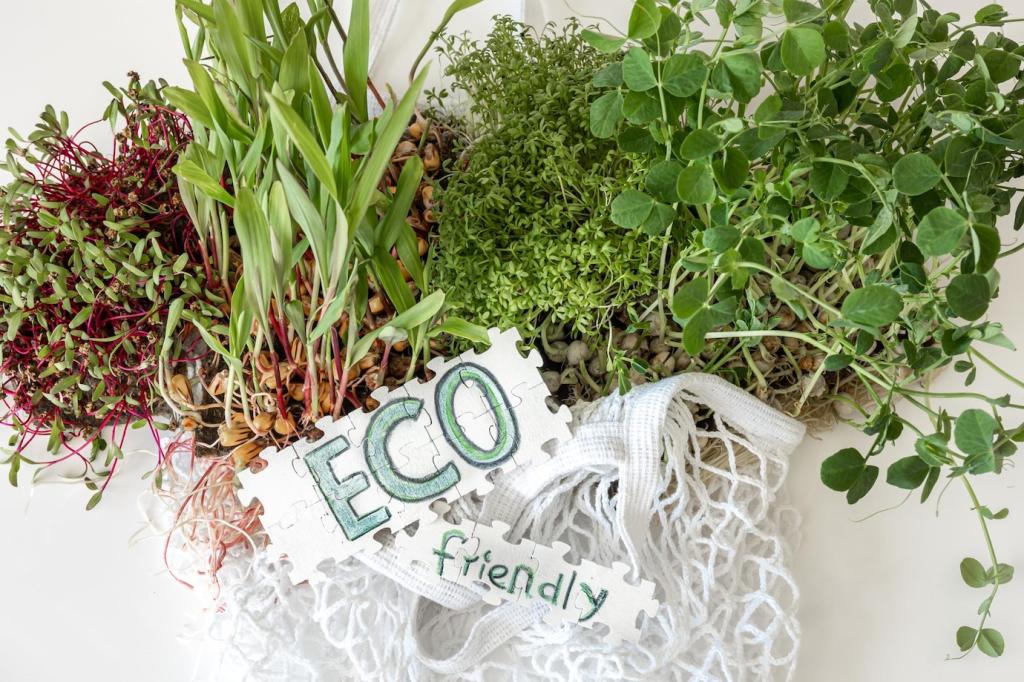
Berry Juice vs. Dining Chair
A quick cold-water blot, baking soda to deodorize, then a cautious peroxide dab on a light fabric saved a heirloom chair. Tell us your toughest food stains, and we will compile a community cheat sheet for fast reference.
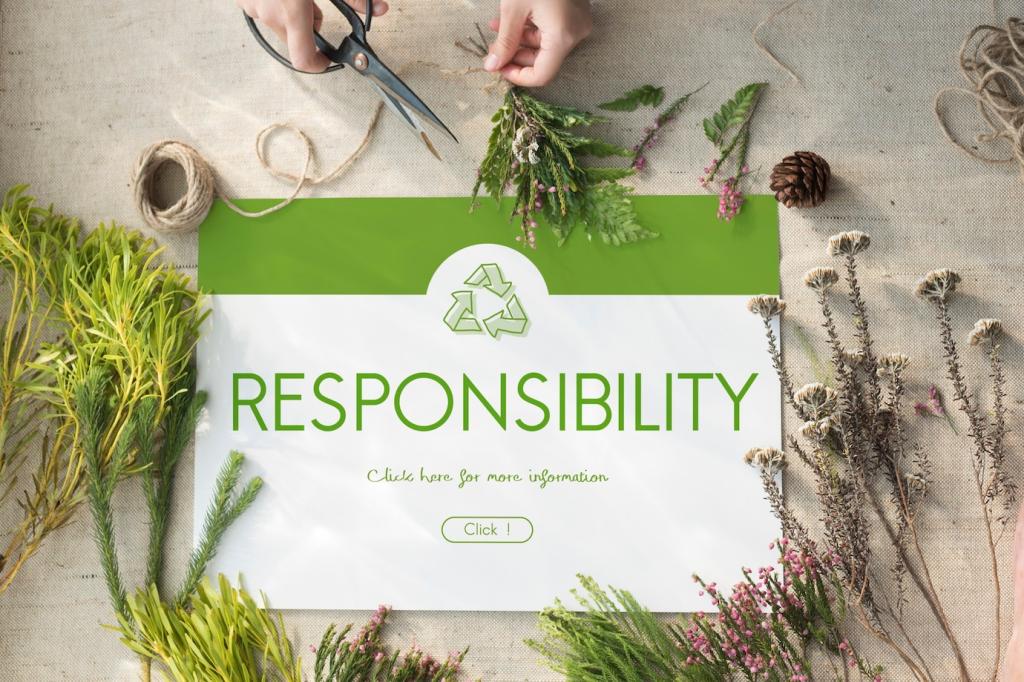
Grease on the Armrest
Cornstarch sat for thirty minutes to absorb oil, then a tiny soap solution lifted residue without spreading. Comment with your absorbent of choice, and follow for an illustrated guide to handling oil-based mishaps sustainably.
Stain-Specific Green Playbook
Wine and Tea
Blot immediately, apply a cool water rinse, then use a mild soap solution. For lingering pigment on light fabrics, spot-test dilute peroxide. Share your success ratios, and subscribe for our printable dilution wheel to keep nearby.
Ink and Marker
Dab with alcohol on a cotton swab for small marks, keeping the area isolated. On delicate fabrics, start with soapy water first. Tell us your fabric type and we will suggest gentler alternatives in an upcoming Q&A post.
Mud and Outdoor Grime
Let mud dry, vacuum gently, then treat with mild soap and water. Finish with a light vinegar mist for odor. Comment with patio furniture materials you own, and follow for seasonal guides that keep outdoor sets fresh.
Sustainable Prevention and Care Habits
Washable slipcovers, coasters, and serving trays create a protective buffer against spills. What preventive tool has saved your furniture most often? Share below, and subscribe for our room-by-room prevention checklist.
Sustainable Prevention and Care Habits
Weekly vacuuming with a soft brush and monthly gentle wipe-downs stop grime from bonding. Tell us your schedule, and we will build community templates to help you stick with low-effort, high-impact habits all year.
